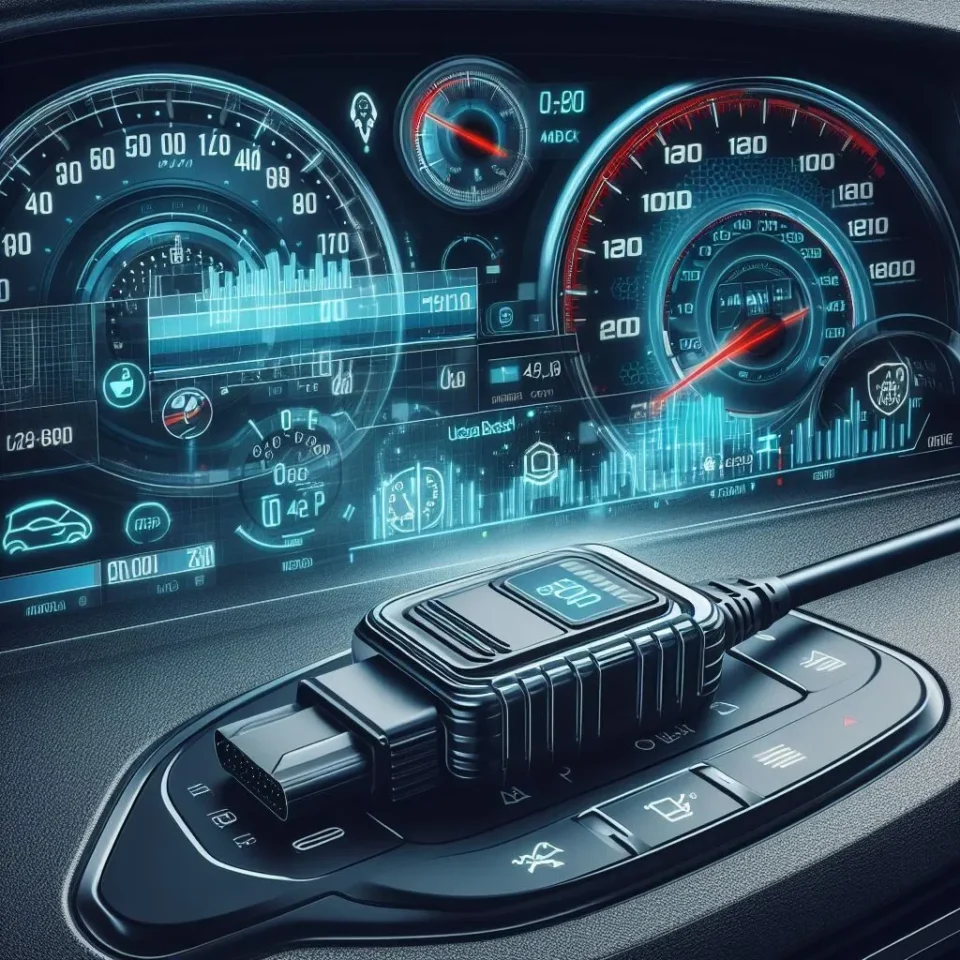In the ever-evolving landscape of modern transportation, the integration of telematics systems has emerged as a transformative force, particularly for individuals whose professions involve significant time behind the wheel. This article delves into the profound impact of telematics on the driving experience of professional workers, exploring how these advanced systems enhance safety and revolutionize the management of fleets and the overall efficiency of businesses relying on vehicular operations.
The Rise of Telematics
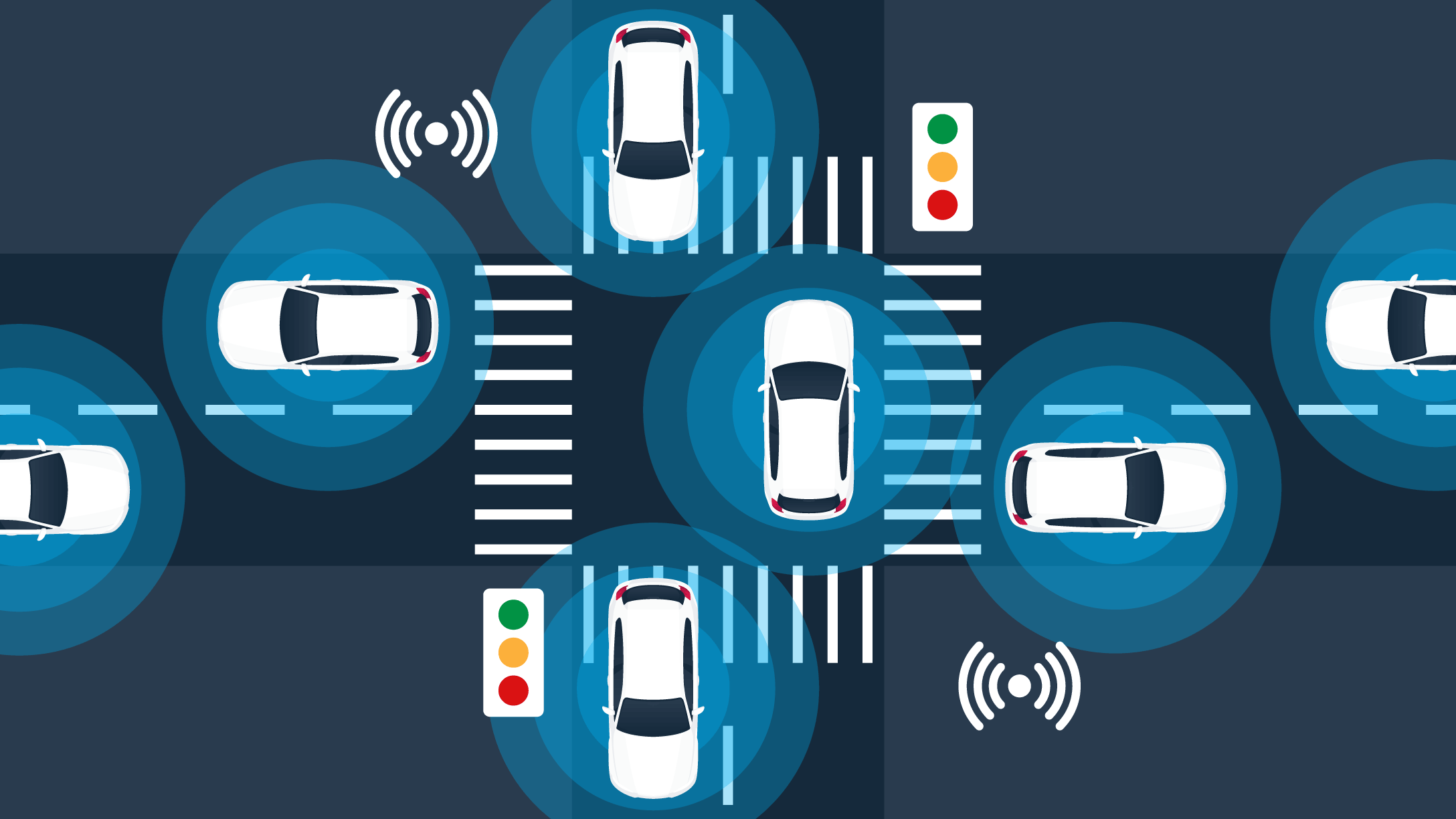
By blending telecommunications and informatics, telematics represents a significant technological leap in vehicular functionality. This integration has been particularly transformative for professional drivers, whose work life is spent largely on the road. The incorporation of telematics turns ordinary vehicles into intelligent machines capable of self-assessment and communication. This shift has changed how drivers interact with their vehicles and has profound implications for vehicle safety, efficiency, and connectivity. It allows for real-time data transmission, encompassing everything from location tracking to vehicle diagnostics. This information is crucial for optimizing routes, monitoring vehicle health, and ensuring driver safety, thereby transforming the driving experience into one that is more informed, connected, and secure.
Data-Driven Safety
The cornerstone of telematics is its ability to aggregate and interpret vast amounts of data. For professional drivers, this translates into enhanced safety and awareness. Telematics systems offer a comprehensive overview of the driving environment by continuously monitoring driving patterns, vehicle status, and road conditions.
Advanced features such as automatic braking, electronic stability control, and driver fatigue alerts go beyond traditional safety measures, offering an active layer of protection. The real-time feedback provided by these systems enables drivers to make informed decisions, adjust their driving style, and avoid potential hazards. Furthermore, the integration of environmental sensors offers insights into weather and traffic conditions, allowing drivers to navigate more safely and efficiently.
Fleet Management Revolutionized
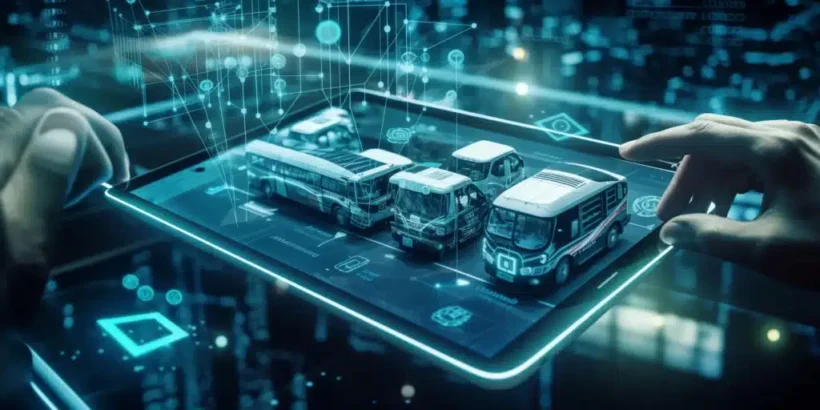
The advent of telematics has revolutionized fleet management, offering unprecedented levels of control and insight. Fleet managers now have access to detailed data on every vehicle within their fleet, including location, speed, fuel consumption, and maintenance needs.
This information is instrumental in streamlining operations, enhancing route planning, and reducing unnecessary expenses. With telematics, fleet managers can monitor their vehicles’ health in real time, scheduling maintenance and repairs proactively to avoid costly downtimes. Additionally, the ability to track driving behaviors enables managers to identify areas for improvement in driver performance, ensuring a more efficient and safe fleet operation.
Telematics in the Future of Professional Driving
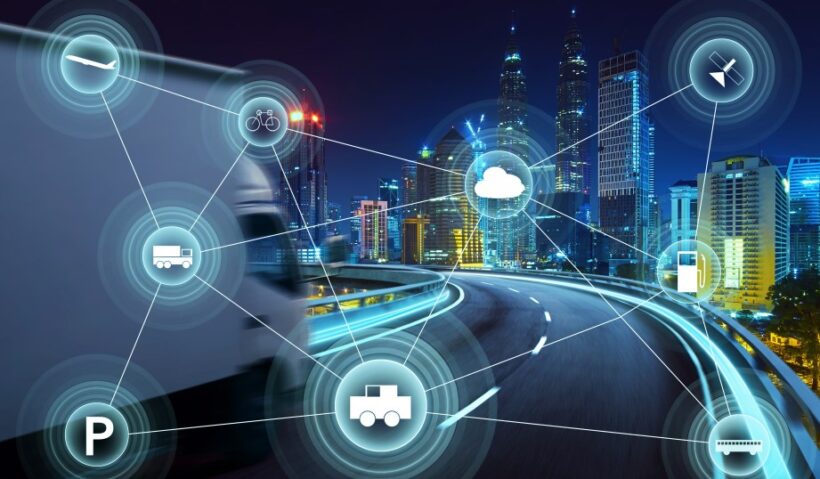
The future of professional driving with telematics is poised to be even more transformative, especially with the integration of AI and machine learning. These technologies promise to elevate the capabilities of telematics systems, offering more personalized and predictive features. For instance, AI could be used to tailor safety protocols to individual drivers, taking into account their unique driving styles and habits. Machine learning algorithms could predict vehicle maintenance needs with greater accuracy, reducing the likelihood of unexpected breakdowns. This level of personalization and foresight could significantly enhance driver safety and fleet efficiency.
AI-Powered Predictive Analytics
The integration of AI into telematics brings the potential for advanced predictive analytics. AI algorithms can identify potential risks and suggest preemptive actions by analyzing historical data and patterns. This could include predicting high-risk driving areas, anticipating traffic congestion, and even foreseeing mechanical issues before they occur. For fleet managers, this means being able to address problems before they arise, ensuring smoother operations and safer driving conditions.
Personalized Driver Assistance
Future telematics systems are likely to focus on providing personalized driver assistance, adapting to the unique characteristics of each driver. AI-driven algorithms will learn from individual driving patterns, offering customized alerts and advice. This could range from suggesting rest breaks for fatigued drivers to providing real-time coaching for improving driving habits. Such personalized assistance would enhance safety and contribute to a more comfortable and enjoyable driving experience.
Knowing Your Rights
It’s crucial for professional drivers to be aware of their rights in the context of telematics usage. Understanding workplace safety standards, data privacy, and legal implications is essential. Drivers should be informed about how their data is collected, used, and protected. In the event of an accident, having access to telematics data can be invaluable for insurance and legal purposes. It’s also important for drivers to know their rights regarding workplace safety, including the right to refuse unsafe work, car accident legal disputes, or safety violations.
Workers’ Rights and Safety Protocols
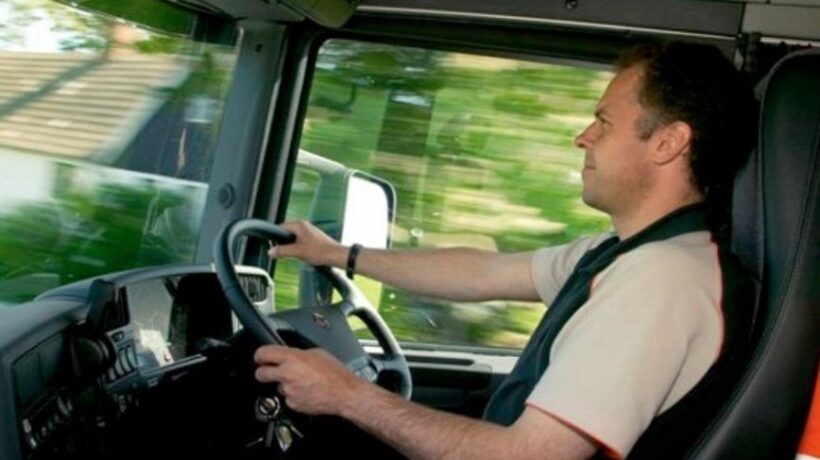
Professional drivers have the right to a safe working environment. Familiarize yourself with safety protocols established by your employer, and ensure that they comply with industry standards. If you encounter unsafe conditions or are pressured to violate safety guidelines, you have the right to report these concerns without fear of retaliation.
Access to Telematics Data
As a professional driver, you should be aware of the data collected by telematics systems. Understand how this data is used, who has access to it, and how long it is retained. In case of an accident, this information can be crucial for determining fault and supporting insurance claims.
Reporting Accidents and Seeking Medical Attention
If you are involved in an accident, promptly report it to your employer following established procedures. You have the right to seek medical attention for any injuries sustained during the course of your work. Document the details of the accident, gather witness statements if possible, and take photographs of the scene to provide a comprehensive account.
Driving into a Safer, Smarter Tomorrow
As professional drivers continue to navigate the roads of today and tomorrow, telematics stands at the forefront of revolutionizing the professional driving experience. The integration of advanced technologies promises to make driving safer, more efficient, and more enjoyable. With ongoing advancements in AI and machine learning, the potential of telematics is vast and largely untapped. As these systems become more sophisticated, they will continue to shape the landscape of professional driving, offering drivers and fleet managers tools to navigate modern transportation’s complexities effectively. The benefits of telematics extend beyond immediate operational improvements, paving the way for a future where road safety, efficiency, and driver well-being are significantly enhanced.
The continuous evolution of telematics points towards a future where vehicles are not just modes of transport but intelligent partners in driving. With the increasing emphasis on sustainability and efficiency, telematics could also play a crucial role in reducing environmental impacts by optimizing routes and reducing fuel consumption. For businesses, the implications are profound, offering a competitive edge through improved operational efficiency and cost savings.
The potential for comprehensive, integrated transportation solutions becomes apparent as telematics systems become more interconnected with other smart technologies. This could lead to smarter cities with optimized traffic management, reduced congestion, and enhanced public safety. For professional drivers, this means being part of an ecosystem where their work is supported by a network of intelligent systems, all working in harmony to ensure a safer, more efficient, and more sustainable driving experience.

